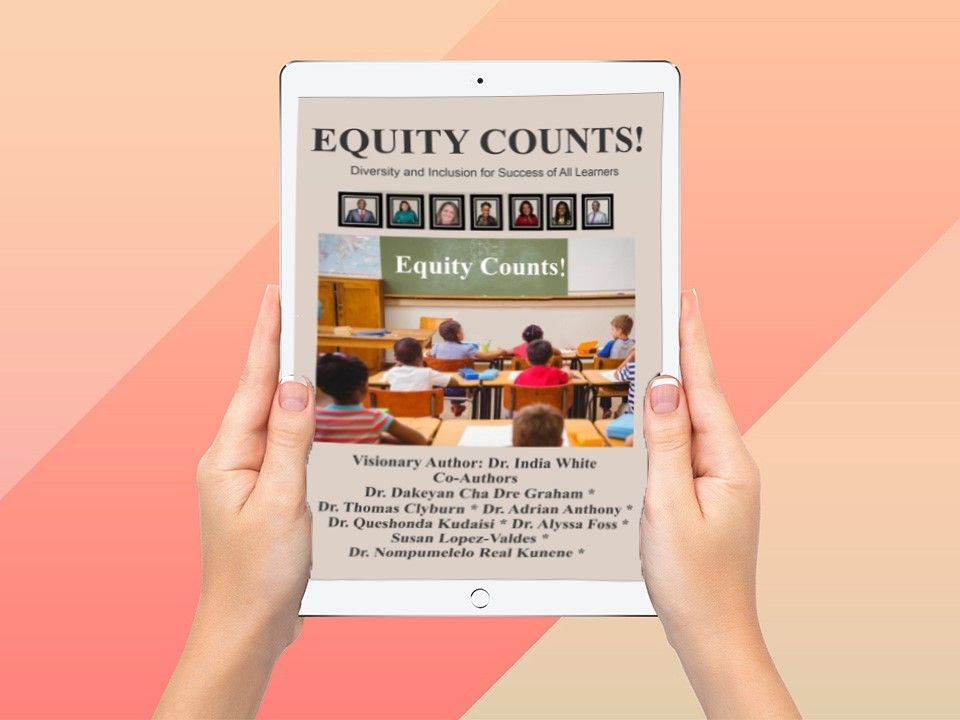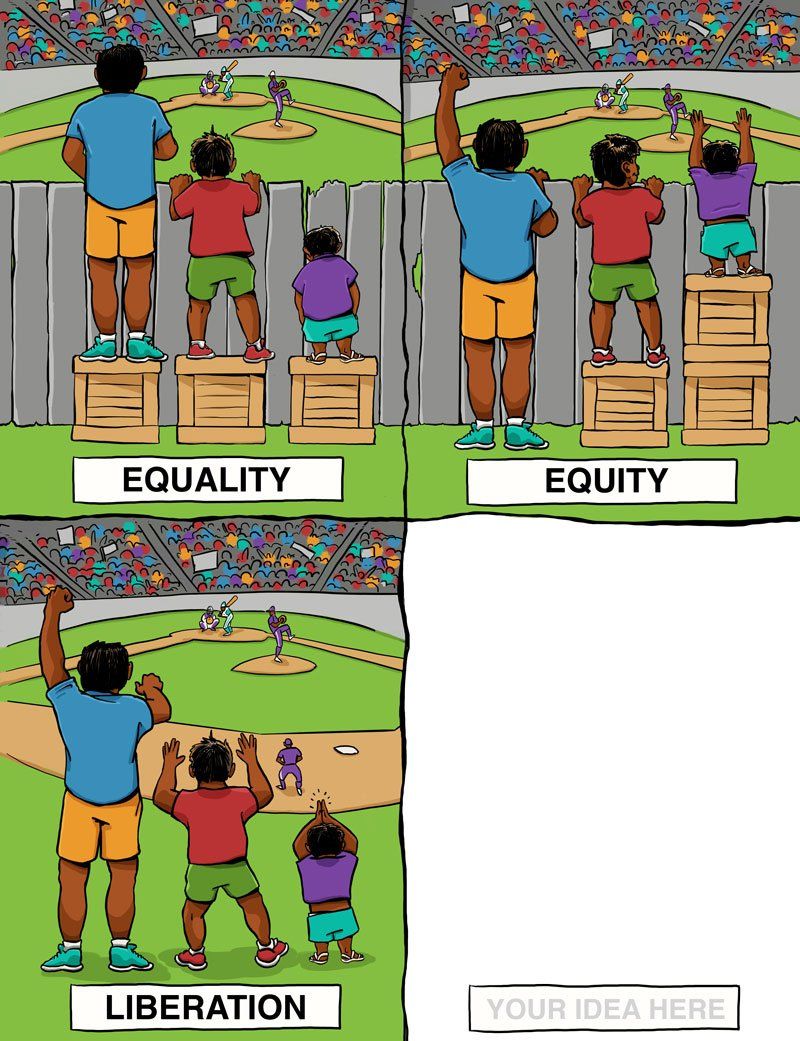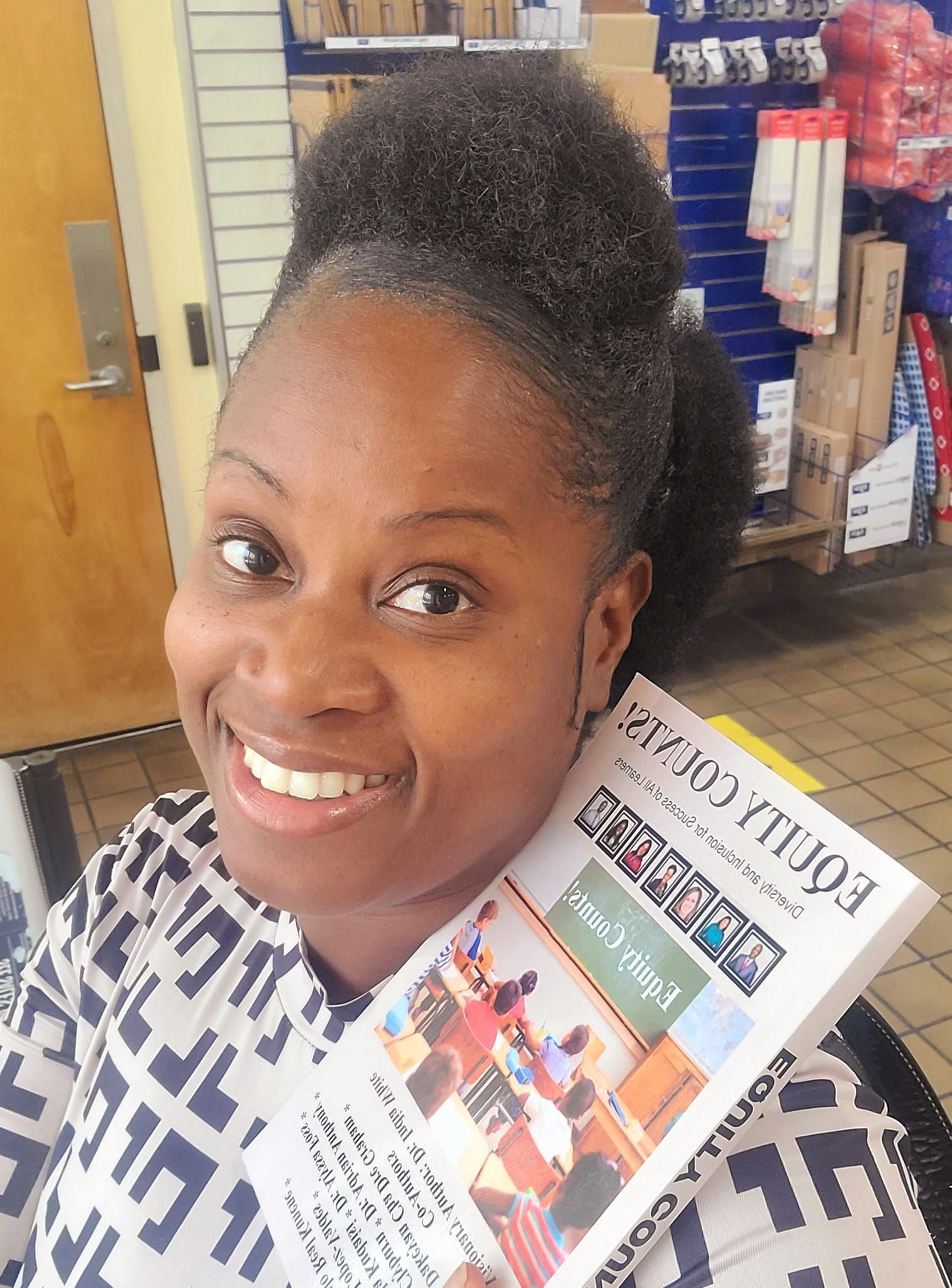Choosing the SEE: Celebrating the Unique Traits of Students- Building Equity in Math Classrooms through Relationship Building and Equitable Practices
In today’s classrooms, one of the most powerful actions a teacher can take is to see the unique strengths and potential in every student. When students feel seen and valued, they thrive—not only academically but also personally. In the context of math education, this mindset is essential for building an equitable learning environment where every student has the chance to succeed. Through intentional relationship building and the implementation of equitable math practices, teachers can demonstrate that they care about their students' individual journeys.
Why Equity in Math Matters when Choosing to See Students
Math is often seen as a subject where the answer is either right or wrong. However, the process by which students arrive at their answers is unique to each individual. When teachers actively work to recognize and appreciate this uniqueness, they break down barriers that have historically excluded students from reaching their full potential in mathematics. In fact, equity in the classroom goes beyond providing equal resources—it’s about tailoring the learning experience so that each student, and their culture,
regardless of their background or abilities, has an opportunity to thrive.
The Key: Building Relationships through Equitable Math Practices
At the heart of equitable teaching is the teacher-student relationship. Teachers who take time to understand their students’ backgrounds, interests, and learning styles can create a classroom where every student feels seen and respected. Relationship building
in this context isn’t just about getting to know students personally, but also about understanding their academic needs and creating a safe space where students are encouraged to express their thoughts and take risks in learning.
By using equitable practices, math teachers can communicate to their students, “I see you, and I believe in your potential.” These practices include:
a. Differentiated instruction to meet students where they are academically.
b. Encouraging students to use their voice and explain their thinking during math discussions.
c. Providing multiple entry points for students to engage with math problems based on their strengths.
Equitable math practices ensure that students who may not always speak up, or who have struggled in the past, feel included and supported. Implementing these strategies can help foster a community of learners who believe in their ability to succeed in mathematics.
Strategies for Building Equity: 20 Equitable Classroom Games
Equitable practices can be fun and interactive! Below are 20 games that math teachers can incorporate into their classrooms to foster inclusivity and promote engagement:
1. Mix and Mingle: Encourages students to interact with different classmates, ensuring a variety of perspectives are heard during problem-solving.
2. Equity Sticks:
Use popsicle sticks with students’ names to randomly select participants, giving everyone an equal opportunity to contribute.
3. Think-Pair-Share:
Promotes individual reflection followed by paired discussions before sharing with the class, ensuring quieter voices are heard.
4. Peer Tutoring: Pairs students to tutor each other, creating a collaborative learning environment where each student feels empowered.
5. Role-Playing:
Allows students to explore different perspectives and develop empathy, critical for building a classroom culture of respect.
6. Circle Time:
Puts students in a circle for equal-opportunity discussions, fostering a sense of belonging and engagement.
7. Jigsaw:
Divides the class into expert groups on different topics, promoting collaboration and the value of shared learning.
8. Four Corners:
Provides students with a way to express opinions or answers physically, ensuring diverse ways of thinking are celebrated.
9. Fishbowl:
Enables in-depth discussions in small groups while others listen, promoting reflection and diverse perspectives.
10. Gallery Walk:
Encourages students to move around the room to different problem stations, allowing for small-group collaboration.
11. Silent Conversations: Gives students the opportunity to express themselves through writing, creating space for those who may not feel comfortable speaking aloud.
12. Socratic Seminars:
Facilitates structured dialogues where students engage in thoughtful questioning and answer sessions, promoting deep understanding.
13. Interactive Whiteboard:
Allows all students to contribute to a collective problem-solving process, ensuring participation from all.
14. Random Grouping: Ensures diverse interactions by randomly grouping students for activities, breaking down social barriers.
15. Snowball Toss:
Engages students by allowing them to toss around questions or ideas, adding a playful element to learning.
16. Partner Swap: Allows students to rotate partners, ensuring they work with various peers and develop diverse collaborative skills.
17. Classroom Debates: Encourages structured arguments on math-related topics, promoting critical thinking and multiple viewpoints.
18. Choice Boards:
Offers students a choice in activities or problems, empowering them to engage with content in ways that suit their strengths.
19. Digital Collaboration Tools:
Allows all students to contribute in real-time through platforms like Google Docs, providing equal opportunities for participation.
20. Brainstorm Carousel:
Rotates students through posters with different questions, ensuring everyone has the chance to share their ideas.
These activities not only build equity by promoting inclusion and active participation, but they also help teachers better understand the unique traits of each student. By using these games, teachers can create an environment where every student feels seen and has the opportunity to grow. Students will conclude that "I see you care for me, I see that my uniqueness matters and is CELEBRATED in the classroom"
The strategies above are part of a larger movement to implement equitable practices at all levels of education. Dr. India White’s Equity Counts Book collaboration
offers powerful insights into how leaders—from classroom teachers to district administrators—can implement equitable practices. This book highlights how equity is more than just a classroom strategy; it’s a philosophy that can guide educational leadership at all levels. It calls for leadership that champions fairness and inclusion, recognizing the unique traits and potential of every learner as they choose to see them.
At every level, educational leaders can work to dismantle barriers that prevent students from reaching their full potential. By focusing on equitable practices and promoting the idea that every student has a unique strength to contribute, educators can foster a culture of care, respect, and excellence in math classrooms and beyond.
Conclusion
Choosing to see the unique traits of each student is one of the most powerful ways teachers can communicate that they care. By implementing equitable math practices and building relationships through inclusive strategies, teachers not only support academic success but also help students feel valued for who they are. Games like Mix and Mingle, Jigsaw, and Socratic Seminars can transform classrooms into spaces where every student is seen, heard, and given the opportunity to thrive. And with resources like Equity Counts, teachers and leaders alike can be empowered to implement practices that ensure all students succeed in mathematics, and beyond.



















